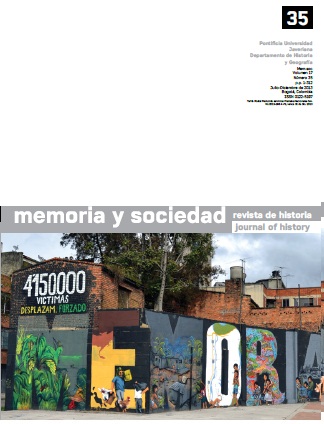Abstract
The main objective of this paper was the knowledge and recognition of the spaces of the dwellings occupied by the elite-bourgeois society in Yucatan taking into account the main activities carried out inside them. After identifying archetypical areas, two approaches were undertaken: the first one explored each space and specified its functional dynamics, formal elements and symbolic characterization as well as stated the objects found inside. On the the other hand, the other approach analyzed each space as part of a whole. The study universe was formed by houses built between 1886-1916. The analysis was done with the tools used for the study of everyday life and the understanding of architectural space. The sources of information were varied and abundant, including plans, pictures, newspapers and periodicals. This approach allows understanding the phenomena of spatial compartmentalization, the functional specialization and the relationship between matter and its symbolic conception.The journal Memoria y Sociedad is registered under a Creative Commons Attribution 4.0 International Public License. Thus, this work may be reproduced, distributed, and publicly shared in digital format, as long as the names of the authors and Pontificia Universidad Javeriana are acknowledged. Others are allowed to quote, adapt, transform, auto-archive, republish, and create based on this material, for any purpose (even commercial ones), provided the authorship is duly acknowledged, a link to the original work is provided, and it is specified if changes have been made. Pontificia Universidad Javeriana does not hold the rights of published works and the authors are solely responsible for the contents of their works; they keep the moral, intellectual, privacy, and publicity rights.
Approving the intervention of the work (review, copy-editing, translation, layout) and the following outreach, are granted through an use license and not through an assignment of rights. This means the journal and Pontificia Universidad Javeriana cannot be held responsible for any ethical malpractice by the authors. As a consequence of the protection granted by the use license, the journal is not required to publish recantations or modify information already published, unless the errata stems from the editorial management process. Publishing contents in this journal does not generate royalties for contributors.

